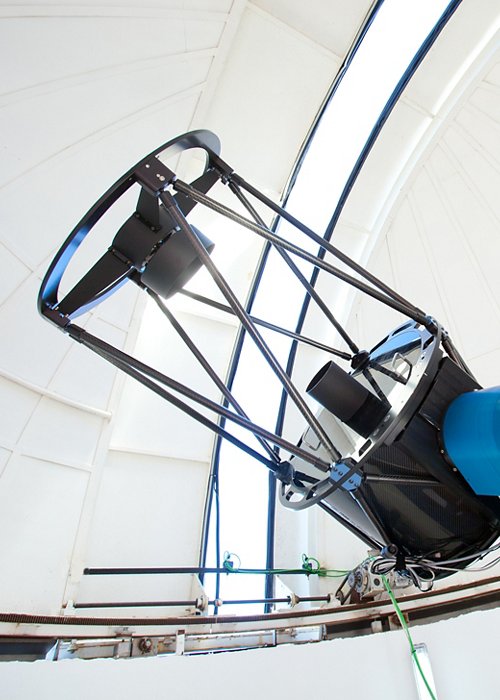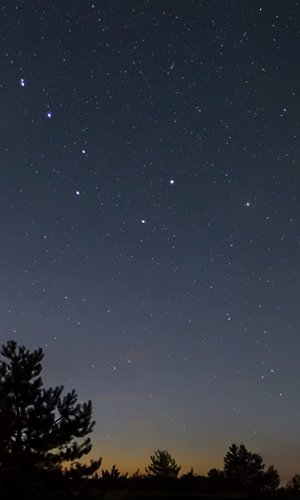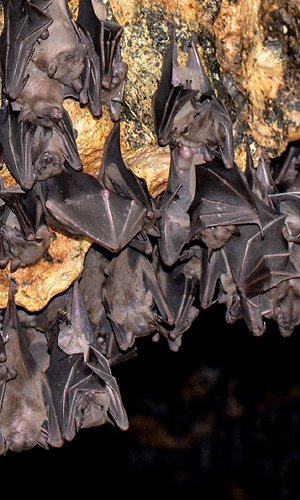The first extraordinary images from the Vera C. Rubin Observatory in Chile, released in recent days (late June 2025), are living up to the high expectations of the scientific community and paving the way for a revolutionary future in astronomy. These are not just mere “first light” snapshots or test images, but a concrete preview of the power and capabilities of this innovative telescope. The Rubin Observatory, named after Vera Cooper Rubin, the American astronomer who pioneered the study of galaxy rotation, has been designed for an ambitious and unprecedented mission: the Legacy Survey of Space and Time (LSST). This decade-long project aims to map the entire southern sky every few nights, creating a genuine “film” of the universe in constant motion. The first images already showcase an impressive combination of an extremely wide field of view with unrivalled resolution and depth. These initial images are a true “cosmic treasure trove.” Among the already captured features are sensational objects, including previously unseen details of spiral galaxies, distant galaxy clusters, and even three galaxies caught in the act of merging. The observatory’s ability to detect vast numbers of faint objects, many of which have never been observed before, is already evident. There are breathtaking views of iconic nebulae like the Trifid Nebula and the Lagoon Nebula, revealed with a level of detail and richness of colour never achieved before. This enables astronomers to “see” wavelengths that are normally invisible to the human eye. In just ten hours of observations, the Rubin Observatory has identified an astonishing 2,104 previously unknown asteroids in our Solar System, including seven near-Earth asteroids (which, it’s worth noting, pose no threat). This surveillance capability will have a huge impact on planetary defence and our understanding of our cosmic neighbourhood. Numerous stars within our own galaxy have been captured with exceptional clarity, offering new data for studying the structure and evolution of the Milky Way. And then there are supernovae, variable stars, distant objects — nothing is out of Vera’s reach. The LSST is expected to generate an unprecedented volume of data — it’s estimated that around 20 billion galaxies will be catalogued over its ten-year operation. This “river of astronomical delights” will require new analytical techniques and extensive use of artificial intelligence to extract scientific discoveries. The scientific potential is immense, and the Rubin Observatory is expected to open entirely new branches of astronomy, revealing phenomena that until now were only theorised — or even unimaginable.




